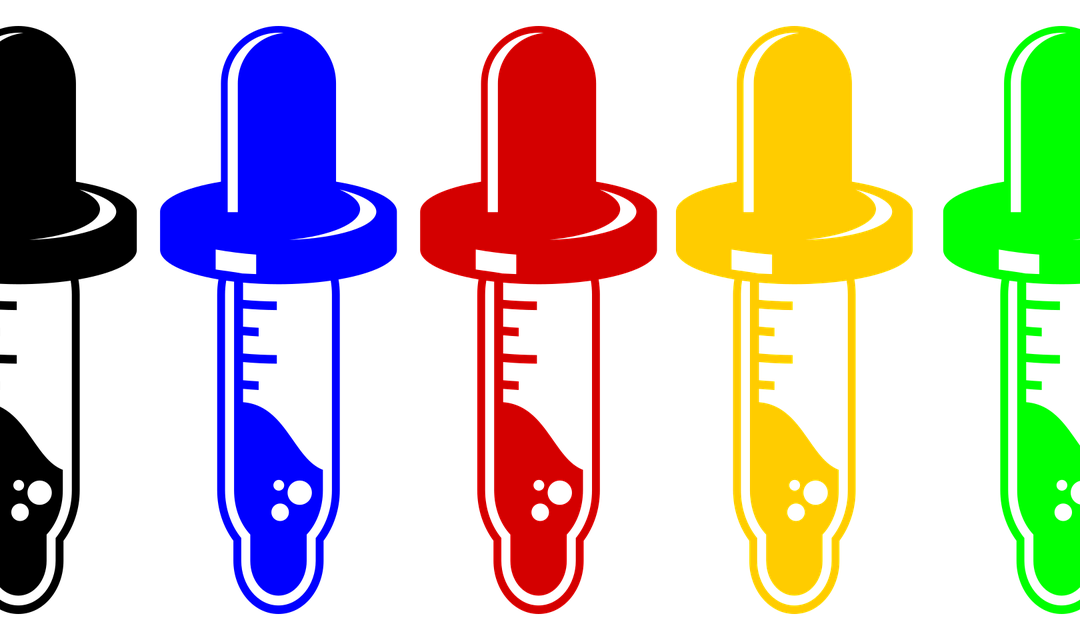I’m going to focus on a concept possibly unfamiliar but worth your attention. Dosing is a word used by Dr. Bruce Perry of the Neurosequential Model to describe the role a caregiver has in controlling how much stress children with chronic trauma histories can successfully handle. Stress is part of life: I need gas but might be late to my appointment if I stop because my plan to leave the house early got waylaid when, moving too quickly, coffee got splashed on me and the kids couldn’t find their shoes. Some of us keep our cool in moments like this but some of us get frazzled (showing the effects of exhaustion or strain: irritable, brain fog, tearful, fill in the blank). The rapid, unpredictable, one-thing-after another, can’t-get-a-break dose of stress overwhelms our ability to recover quickly enough to keep our cool. Some of us even give up, cancel the appointment, and pour a glass of wine to restore a semblance of peace. Now imagine you are 4 years old with a brain that has learned that life is scary, and people aren’t sources of comfort.
Stressful events in utero or in the first years of life may result in a brain primed to overreact to typically insignificant stress. These events are marked by stress that is unpredictable, severe, and prolonged. Think of an unborn child constantly exposed to toxic substances like methamphetamines, the flood of chemicals shared by a terrified mother and an occasional blow to the abdomen, or sound of nearby gunshot. Think of a hungry infant left to cry for an hour or more before a caregiver can be bothered to respond. These are the types of experience that can result in what Perry describes as a sensitized stress response: a child too afraid to accept usual gestures of reassurance and prone to meltdowns when overwhelmed by the typically minor demands of getting through the day. Some kids respond with agitation and anger, some with withdrawal and timidity but both styles are based in a sensitized stress response.
Dosing is all about knowing how much stress your child can take before a total meltdown ensues. It also involves timing. The interval between stressful moments offers the child a chance to calm a bit before the next challenge presents itself. Here, think in terms of being patient when you see your child playing with toys after brushing their teeth but before putting on their PJs. We take for granted that it is more efficient to get all these routines taken care of quickly, but a sensitized kid has trouble holding onto the thought that once all this is accomplished, it is time to read a favorite story. It might help to reflect on what it feels like to have plenty of time to get ready for a party versus being very rushed. Your child feels “rushed” all the time, never peaceful, never truly calm, always waiting for the next stressful shoe to drop.
When you accept this image of your child’s functioning, it becomes clear that this is a person in need of external supports. A time-out may not work because it might feel like rejection instead of an escape from over stimulation. This child has never had the experience of being reliably, repeatedly soothed by another human being. For some drug exposed children, the withdrawal experience makes comfort elusive even when the care available is ideal. So, again, you have a brain (and body) with no experience of what it is to be calm, relaxed, and safe. You also have a chance to become your child’s first external stress regulator by taking charge as much as possible of the rhythm and intensity of the stress they encounter.
Dosing stress means providing time between stressful events to recover before facing a new challenge. It means giving directions one at a time rather than in sequence. It means being present and predictable in your response to indicators that your child is getting overwhelmed. It means that as much as you’d like to take the family to Disneyland or the water park, you know that your child will not be able to handle the crowds, the noise, the “fun”.
Dosing stress also means that you can deliberately dish out small increments of stress to strengthen your child’s ability to handle it. Short car rides for a child who had been strapped into a car seat for hours on end desensitizes the brain to the powerlessness that attended that old practice. Sitting side by side instead of the typical bear hug may be a manageable dose of closeness for kids who are suspicious of but hungry for physical affection. A trip together to the grocery store for a single item is more manageable than a $200 weekly trip. For children with a history of profound neglect with no one to provide breakfast, cue to get ready for bed, or brush teeth, these elements of a daily routine are also sources of stress. The more predictable the routine is and the more it is interspersed or accompanied with regulatory activities like music, dancing or rocking, the more likely it is that the child can be free of escalating distress. The more you can describe what is coming next the fewer surprises your child faces but don’t be surprised if they don’t remember much of what you said if their anxiety goes up in the moment. The more stressed they get, the more their primitive brain takes charge.
Dosing also applies to what you have discovered that works best when you need to take a moment to restore a sense of safety and peace. Perry calls these regulatory behaviors. Some of us take slow deep breaths. Some of us go for short side-by-side walks. Other options that have proven helpful are dancing, listening to music, rocking side by side, or prepping vegetables side by side. This side by side is called parallel and is distinguished from the dominant culture’s expectation that a child “look at me when I’m talking to you”. We want to avoid interactions that further teach that new caring adults are to be as feared as much as the earlier ones were. We want to use regulatory activities often throughout the day to fend off a future meltdown: the calmer a child can be when stress is introduced, the more likely a meltdown can be avoided. Then in the event a meltdown occurs, we can again invite the child to that same regulatory activity to restore calm and peace. The trick here is to let go of the long-held belief that we are somehow “rewarding” negative behavior. If cause and effect were at play, this might be true but children in the middle of a meltdown are not in their “right minds”. The recognition of cause and effect is a higher order brain function. Freaked out, overstressed kids are operating out of lower, more primitive parts of their brains. Threats of loss of privilege or denial of sources of comfort fail to respect this reality.
Think of dosing like this:
- Repairing: Predictable, moderate, and controlled doses of stress managed by an attentive, attuned caregiver re-teaches the child’s fearful brain that they are safe and can handle this.
- Preventing: Intervening dosed regulatory activities serve to reset the child’s fearful brain to a calmer state so when stress comes along the reaction to it doesn’t bump easily and quickly into freak-out because it started from a calmer place.
- Restoring: Applying another dose of a calming regulatory activity at the end of a meltdown, strengthens the child’s sense of safety and peace.
Dosing stress is a little like taking the band-aid off slowly; it is scary but not as scary as taking it off quickly can be! Dosing regulatory activity has an effect like the difference between doing jumping jacks on a trampoline versus doing them on the sidewalk, you never bounce quite as high when you start from the sidewalk. Regulatory activity teaches the entire body what it feels like to be calm. Doing it with you, teaches that you are a source of safety and comfort. Can’t beat that!
NEWS
- Check out the AZAFAP Event Calendar at https://azafap.gnosishosting.net/Events/Calendar.
- Our Friday night Happy Hour and Tuesday afternoon Coffee Chat continue. Some find me and a single other participant; others find a conversation among 4 to 6 people. The topics range from the silly to what hobbies have us in their grip to what life has thrown in our path. If you ever find yourself wanting a bit of grown-up conversation, consider joining us (check your email for the unchanging link).
- Registration is also open for new, regional Circles of Supportive Families. Reach out to find another parent who understands.
- Though pressures are easing, this pandemic continues for those of us who understand what is at stake. We are all weary of it. Reach out if you need an ear: cathyt@azafap.org.
- I encourage you to check out what Dr. Bruce Perry has to offer. Find his thoughts at https://www.pcaaz.org/wp-content/uploads/2019/07/B21-Insightful-Caregiving-Intimacy.pdf and at https://www.neurosequential.com/covid-19-resources
Thanks for listening. Take care of yourself so you can take care of others.
Cathy


Recent Comments